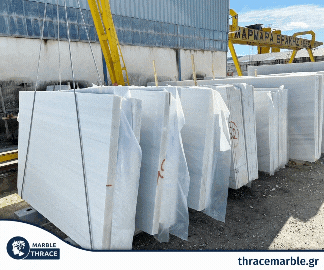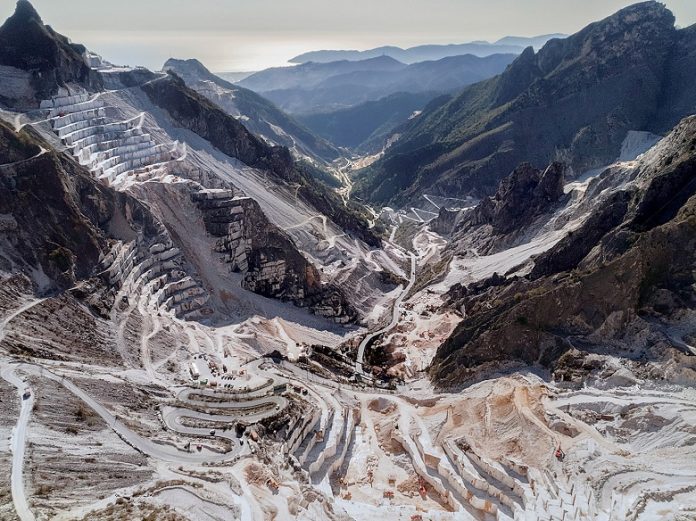
What we admire as pristine white stone was born hundreds of millions of years ago in overwhelming darkness. ‘‘Marmo,’’ the Italians call it — an oddly soft, round word for such a hard and heavy material. Some eons before, tectonic jostling raised a great spine of mountains in southern Europe. Up went the ancient sea floor, and the crystallized creatures went with it.
In Italy’s most marble-rich area, known as the Apuan Alps, the abundance is surreal. Sit on a beach in one of the nearby towns (Forte dei Marmi, Viareggio), and you appear to be looking up at snow-covered peaks. But it is snow that does not melt, that is not seasonal.
Hundreds of quarries have operated in the Apuan Alps since the days of ancient Rome. These quarries are far off of Italy’s most-traveled tourist routes, so few visitors see them; most of us know Italian marble mainly as an endpoint in the chain of consumption. The quarries themselves, are their own isolated world: beautiful, bizarre and severe. It is a self-contained universe of white, simultaneously industrial and natural, where men with finger-nubs stand on scenic cliffs conducting tractors like symphony orchestras.
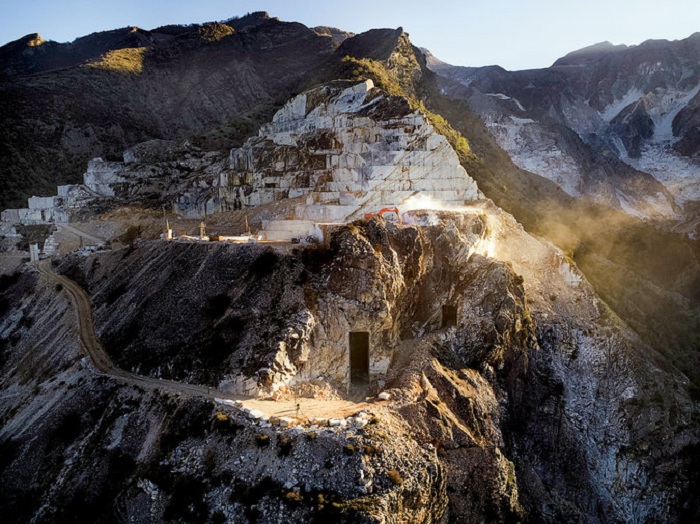
Although the tools of extraction have changed over the centuries the fact remains: Large pieces of white stone, cut and hauled to distant places, function as a sign of wealth and power.
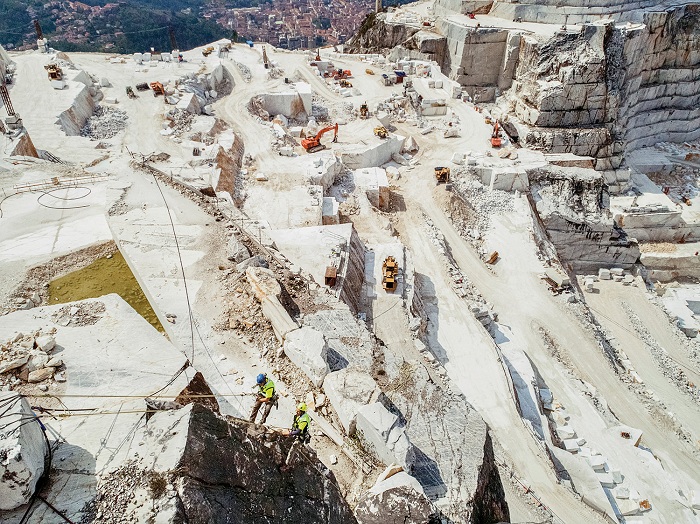
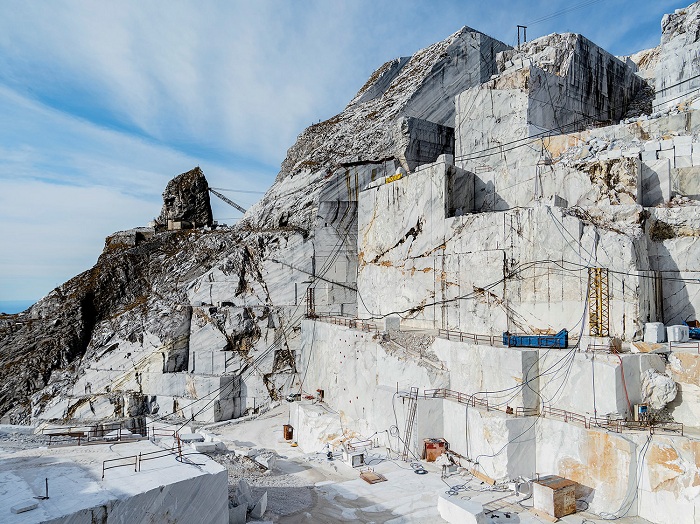
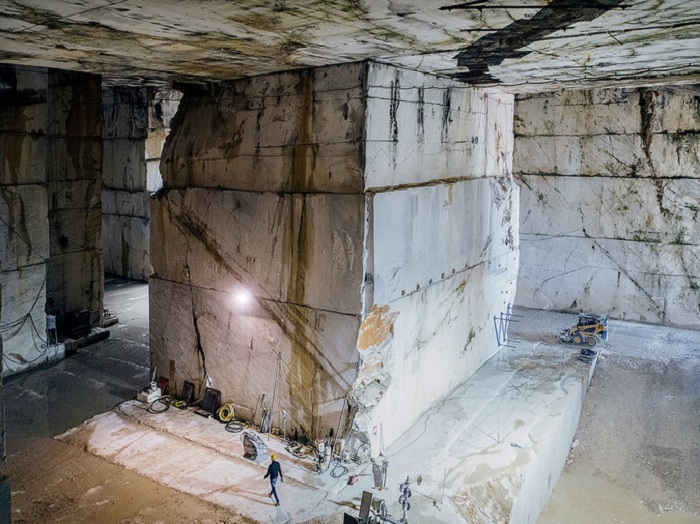
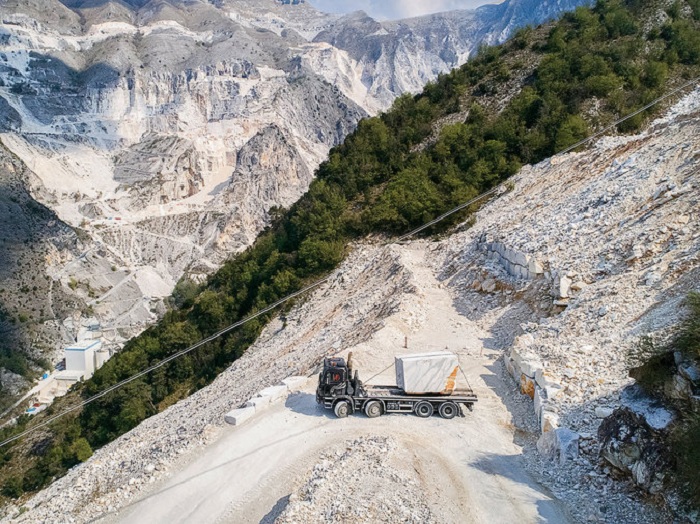
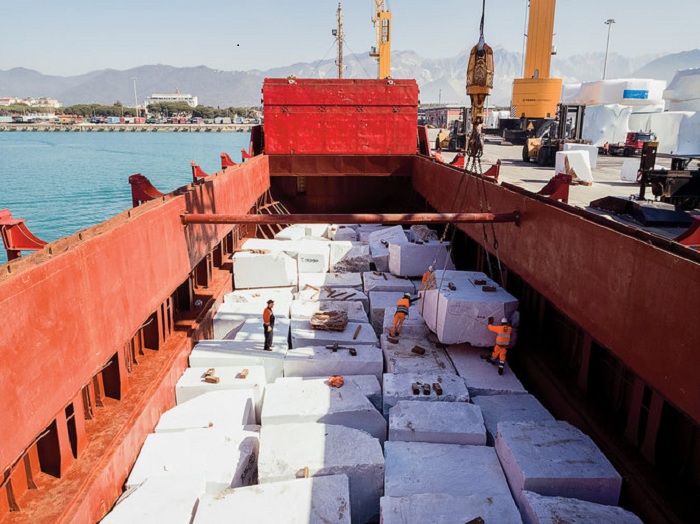
Source: www.nytimes.com



















